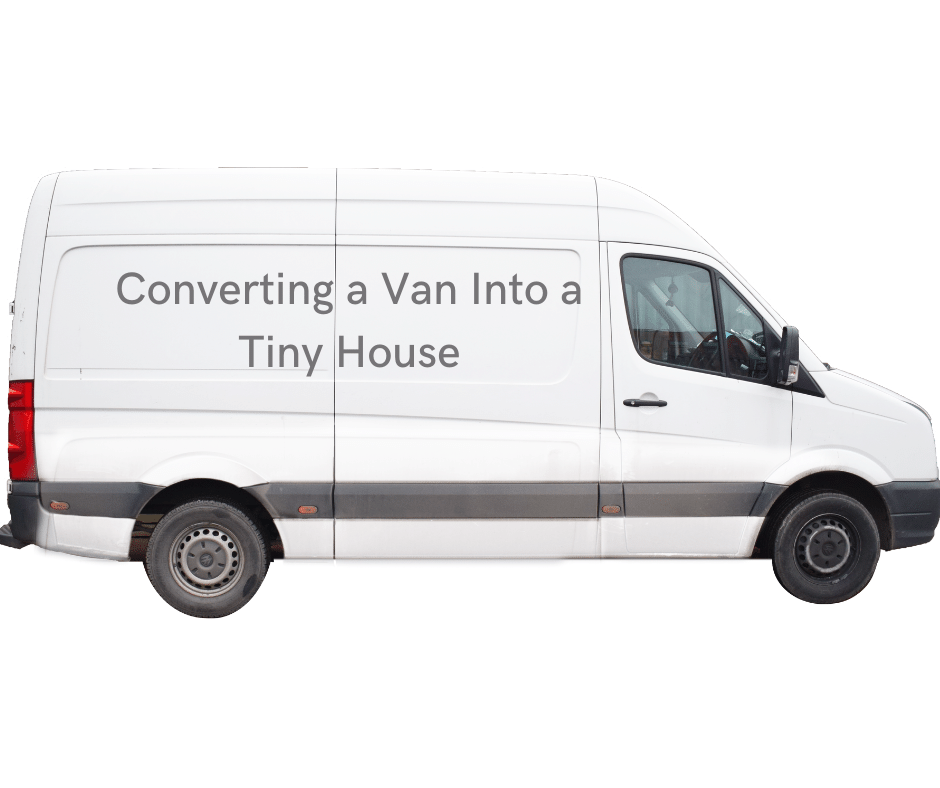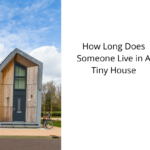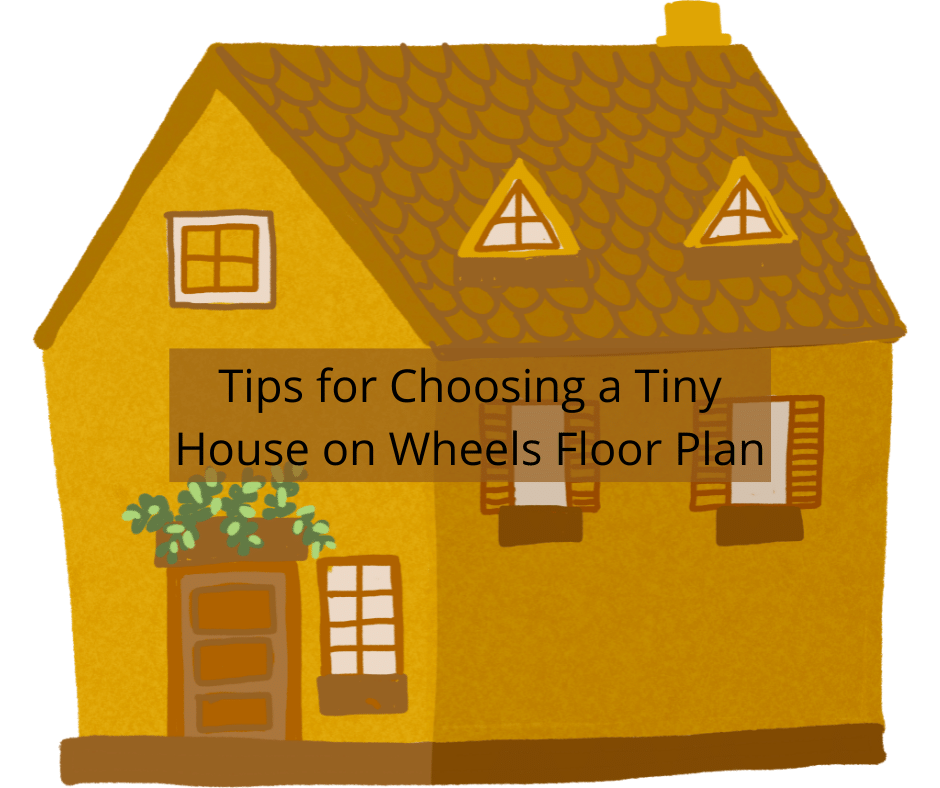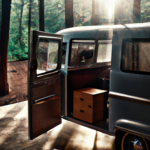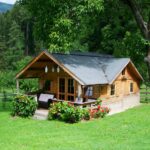Converting a van is one of the most cost-effective ways to create your own small living space. You can find a affordable vintage van for less than $10,000, and then spend a few thousand more on upgrades. Tierney bought her van for $5,500 and worked with a carpenter friend to build her tiny home. Additionally, campers or RVs can also be transformed into cozy living spaces. The main cost will be the housing itself, so it’s important to carefully plan your budget when choosing a design.
Van Conversions Offer Traditional Features Like Roof Shingles
Often forgotten in tiny home designs, van conversions offer a homey feel. From traditional features like roof shingles to unique design touches, you can customize your dream tiny house with your style. Whether living alone or with a companion, you can add a private bathroom or kitchen. Added luxury features like a sunroom and a full-sized oven are also available. Many conversions are so complete that they are more than just transportation: they are living rooms!
During the 1970s, many upscale vans were converted to campers and other small dwellings. Today’s conversions offer many of the same features. Depending on your type of van, you can opt for a camper, a cargo van, or an open-air van. You can also decide to add rear seating to the van for a taxi, school bus, or shuttle. A conversion van can also have a racking system for storing things like luggage.
Choosing the suitable material for a van conversion can vary depending on your needs. Traditional materials like roof shingles and wood can often be used to make it look like a traditional home. Some of these materials are easier to install than others. For example, you might choose a van that is made of 1/4-inch plywood for its back wall. This material allows it to flex and bend with the curves of the van and feel sturdy.
A traditional bathroom is another option. Most van conversions include a toilet, sink, and shower. The shower is large enough to accommodate the owner’s height, so he or she can comfortably shower in it. A marine toilet with a built-in pump is another option. A Murphy bed also offers a solution for the sleeping issue. If you’re in the market for a van conversion, try looking on Facebook Marketplace or Craigslist.
Kitchen Counters
When designing a kitchen for your tiny house, you must consider how much space you need. You will need enough room to store your appliances, a sink, and storage space. You’ll also need room for food preparation. You’ll find that cooking is crucial to living in a tiny house, and preparing food in cramped quarters is no fun. Luckily, there are ways to maximize your kitchen counter space without sacrificing the convenience of extra cabinet space.
Concrete countertops are an option for your van’s kitchen. They’re durable and heat-resistant. However, they can add weight to your tiny house, so you’ll need to take special care to secure them around the sink. You’ll also want to ensure they won’t put undue pressure on the base and cabinets. Wood countertops provide more customization and are available in many different types. If you’re unsure, you can always have your countertop installed by a professional.
Another option for kitchen counters in your van tiny house is to have an outdoor kitchen. Outdoor kitchens provide additional space and can be stored out of the way when you’re not using them. Having an outdoor kitchen also eliminates a lot of clutter. You can also use the space in front of your van’s access door. Many people leave this space open, but the couple in the photo chose to use it by installing a fold-down insert that frames the doorway. The couple also added storage solutions on the opposite wall of the van, as shown.
Choosing the right countertop for your kitchen in a tiny house can make all the difference. If you want to save money, laminate countertops are a good choice. They’re inexpensive and can cost as little as $5 per square foot. They also come in different patterns, making it easy to customize the look and feel of your van’s kitchen. These countertops aren’t as durable as other materials, but they’re certainly an option if you’re looking for a cheap and aesthetically pleasing option.
Sink
If you are planning to live in a van for extended periods, you should install a sink in it. Not only is the sink a practical necessity, but it also adds a touch of style and flair. The sink is usually stainless steel and has a draining rack at the bottom. In addition to being practical, the sink also features a draining rack and a chopping board.
The sink size depends on how much space you have available for the kitchen. If the van is small, the sink will likely be compact. If you have a larger van, you can choose a double sink. You should also consider space-saving options such as foldable faucets, integrated sink, and stove units, or low-tech sinks like camper van foot pumps. Once you have determined your needs, you can choose the best sink for your van.
Another option for sinks in vans is an electric model. An electric sink has only a few parts and uses very little electricity. Electric models also have high water pressure and make the sink easy to use. The sinks also save space on the counters, which is essential for van tiny house setups. Some sinks combine the sink with a stove. And, of course, there are portable sinks for campers and tiny homes as well.
Bathroom
A bathroom in a van is an excellent option if you’re trying to conserve space. You can use a combination of sliders, drawers, and secret trap doors to create a bathroom that can serve many functions. Since space is a premium in a van, you should look for multifunctional concepts and implement them wherever possible. A bathroom in a van can be both functional and attractive. Choose bathroom fixtures that fit within a small space, such as those made of steel or glass.
Most van conversion companies will add a compostable toilet or cassette toilet for the toilet. The hard part is finding a big enough bathroom to have a full bath. A company such as Contravans in Colorado can accommodate your needs by adding an indoor shower and composting toilet. However, full bathrooms in vans are rare. If you’re looking for a full bathroom, you may consider a conversion by Rossmonster Vans, which has an indoor shower.
A bathroom in a van isn’t as difficult as you may think. The bathroom layout is the most challenging part of the conversion, so it’s important to keep it well-ventilated and waterproof. Showers can be particularly difficult to fit in, so it’s essential to consider these options before you begin work. Besides, installing a bathroom can also increase your space for other essentials.

Options for Free Parking
If you’re planning to travel around the country with your tiny house, you should look for opportunities to free-park your van. While parking in a public lot or on Main Street can be tempting, it’s essential to use your best judgment and consider your surroundings. The Home Depot parking lot may be full of homeless people, so it’s wise to be on the safe side. If you’re looking for a place to park your van stealthily, you may want to try boondocking in the wilderness, which is a bit easier than in a large city. There are even apps available that can help you find legal boondocking spots.
You can also use Craigslist to find parking spots in urban areas. Many people have tiny houses and may have a free parking spot. But you will have to see these spots first. The internet is an excellent resource for finding places where you can park for free. Parking is limited in urban areas, and rural areas, are much more plentiful. You can also ask a friend or family member if they have any land to spare. You’ll feel safer and more secure if you park on someone else’s property.
I’m Theodore, and I love tiny houses. In fact, I’m the author of Tiny House 43, a book about tiny houses that are also tree houses. I think they’re magical places where imaginations can run wild and adventures are just waiting to happen.
While tree houses are often associated with childhood, they can be the perfect adult retreat. They offer a cozy space to relax and unwind, surrounded by nature. And since they’re typically built on stilts or raised platforms, they offer stunning views that traditional homes simply can’t match.
If you’re looking for a unique and romantic getaway, a tree house tiny house might just be the perfect option.
